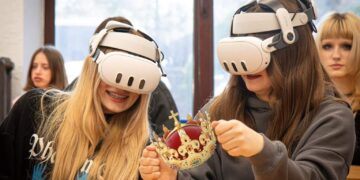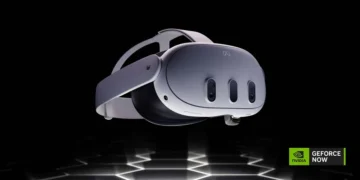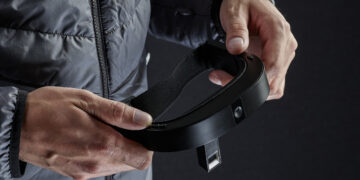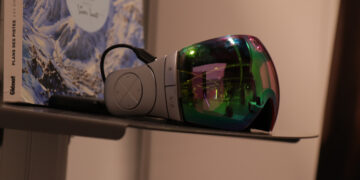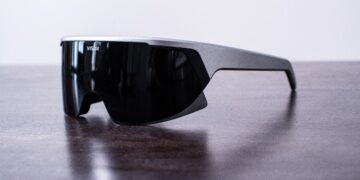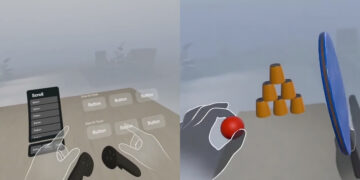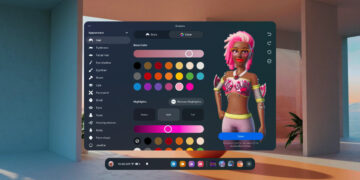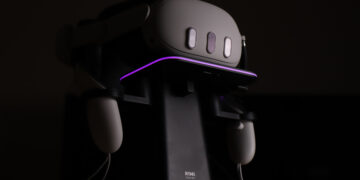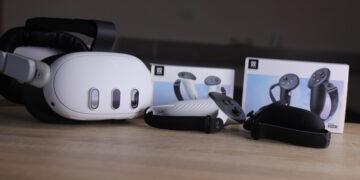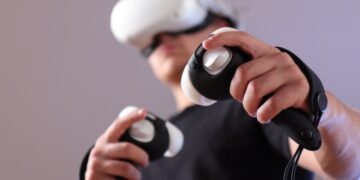The new retailer spec sheet potentially confirms the amount of Meta Quest 3 RAM.
The official Meta Quest 3 announcement is just 4 days away, scheduled for Meta Connect on September 27th, where the headset, among other things, will be unveiled. Although we had a lot of information about the device, certain details remained a mystery, including the RAM capacity. Rumors suggested 12GB, the same as the Quest Pro, but these lacked concrete evidence.
However, today, as noticed by Luna on Twitter, a Reddit user named JMS1717 posted what appears to be the official retail training material from Meta, and it does bear a strong resemblance to authentic materials. The image largely contains information that was already known, but it does reveal some intriguing details, including the Meta Quest 3 RAM capacity.

Meta Quest 3 RAM and Passthrough PPD
The specification sheet reveals that the Meta Quest 3 boasts 8GB of RAM, marking a 2GB increase from the Quest 2’s 6GB. Interestingly, the document also mentions the device’s PPD, listed as 18PPD. This seems somewhat odd since the Quest 2 featured a PPD of 20, and one would expect a higher-resolution device to have a greater amount of PPD.
PPD, or Pixel Per Degree, represents the number of horizontal pixels per degree of viewing angle, essentially indicating a headset’s resolution. This value is influenced significantly by the device’s FOV (Field of View), as a larger FOV spreads the pixels over a larger area, resulting in a lower PPD.
So, Quest 3 could have 18PPD only if it had a significantly larger FOV. However, Meta’s CTO, Andrew Bosworth, has confirmed that the Quest 3’s FOV will be approximately the same as that of the Quest 2.
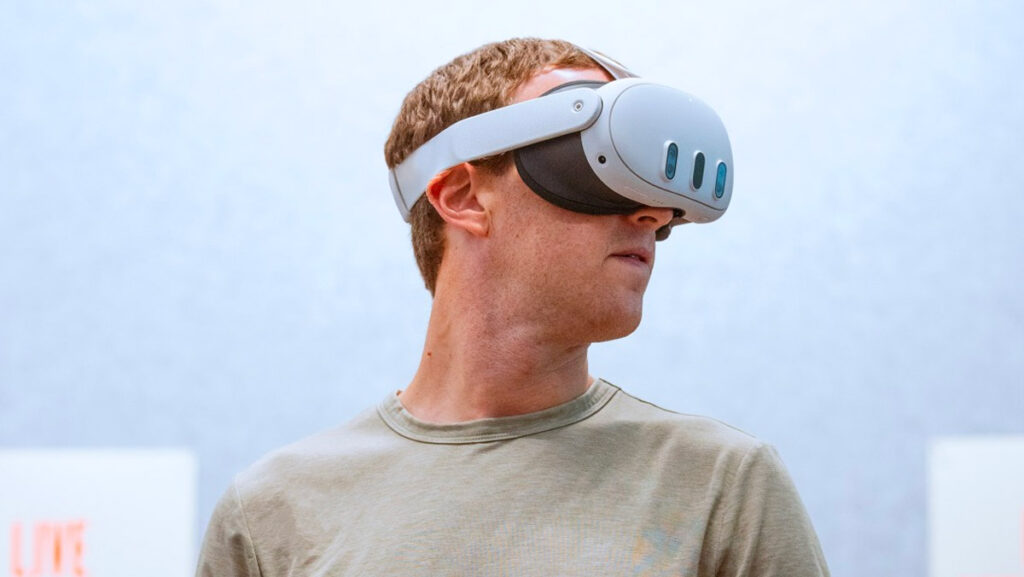
This suggests that the PPD mentioned in the document is likely related to the camera’s resolution. The Quest 3’s PPD itself will probably be around +/- 24. If two 4-megapixel cameras are delivering 18PPD, it implies that the camera resolution might be lower than the Quest 3’s display resolution. This could result in a somewhat lower resolution for your surroundings in contrast to higher resolution things displayed in Mixed Reality mode, such as screens and virtual objects.

